The Himo Z20 test was adventurous, but it was finally done. We really wanted to love the machine, as it has very smart features – e.g. I loved the built-in pump – it’s foldable, it’s good quality, its battery can be removed and charged separately, and I could go on and on. The brand in Xiaomi’s interest is exposed, but the price has not been particularly low, they ask for $520 from the EU warehouse, which is on par with similar devices available at home.
| Brand Name: | HIMO |
| Model Number: | Z20 |
| Gears: | 6 speed |
| Range per Power: | > 60 km |
| Frame Material: | Aluminum Alloy |
| Wheel Size: | 20" |
| Max Speed: | <30km/h |
| Voltage: | 36V |
| Power Supply: | Lithium Battery |
| Braking System: | Disc Brake |
| Torque: | 30-50 Nm |
| Charging Time: | >3 hours |
| Motor position: | Rear Hub Motor |
| Battery Position: | Integrated Battery |
| Battery Capacity: | 10Ah |
| Tire Width: | 20 inch |
| Product name: | Folding Electric Bike |
| Tire: | 20 Inch |
| Motor Power: | 36V 250W |
| Frame: | Aluminum Alloy Frame |
| Battery: | 36V 10Ah Lithium Battery |
| Style: | City Folding Ebike |
| Speed: | 0-25km/h |
| Display: | LCD |
| Brake: | Front+Rear Disc Brake |
| Foldable: | Yes |
| Selling Units: | Single item |
| Single package size: | 100 x 72 x 45 cm |
| Single gross weight: | 30 kg |
This is the second Z20 that turned around at me, because the transport company broke the first one, the pedal shaft was bent, the chain was constantly dropped, and the paintwork was damaged in various places. Then, as I read the other tests on the net, it turned out that not only did I have a problem with the Himo bike, there were countless problems – e.g. the built-in pump didn’t work in many places – even though I’ve never seen a bike so packaged in my life. Much of the frame is covered with foil, even rubber panties on the wheels, so the company did everything they could to make their product survive the road.
The situation is that the injuries are not only because the transport companies are pounding the box, but also because it is an electric bicycle that can be folded in several places, which would mean that it can be stored in a small space, put in the trunk or put in local public transport. This is not so easy to do, as the 22-pound two-wheeler is quite difficult on the one hand, and when folded, it collapses and collapses, which is normal, but not that it does not have a lower frame support – the Himo ZB20 already has one.
Instead, it will rest on the plastic disc at the edge of the shift disc that protects the teeth and at the bottom of the seat tube, where the pump is, destroying them, so we can say that this is the first design flaw. The second is that the battery can only be removed from the frame if you fold the bike, in which case you can pull the battery out of the central stiffener tube with the added key if you have a third hand. You need two to keep the folded bike, so it has become terribly difficult to implement the basic idea around which the concept was drawn. In addition to the above, I also missed a part where the two-wheeler can be lifted normally, but there is none, so I was always forced to grab the frame extension above the rear wheel, but that’s far from ideal. In addition, not only the frame but also the handlebars can be folded down, and even the pedals can be closed, but something stays out of the plane all the time, giving the bike a great chance to get caught in something, possibly bumping itself if you put it in the trunk. I defended this by throwing a fluffy blanket on it, but I feel pretty surreal about putting something in the frame every time I pack it into a car.
I described the above at the beginning of the test because when I took the Z20 out of the box, it popped up that it was a very good idea to create a modern “camping bike” that could be folded and transported, but unfortunately they have serious limitations. By the way, the box also comes with 2 sets of fenders, one is BMX plastic, the other is traditional metal, and it will be quite a bit of a bike, it is only safe to put them on and no suitable tools will be added. This is strange because otherwise the bike comes with two hexes and a general wheel wrench, which can be used to mount the pedals, for example – pay attention here, because one is left-handed and the other right-handed – but they no longer give a star, should, so I feel a little incomplete with the kit.
In addition to folding, there is another innovation, the pump built into the saddle tube, which is a good idea, we also used it on the fly for one of the unicyclins that followed the Himo Z20, as a test is usually made up of several of our opinions. The pump will always be with you this way, but since you have to take the seat out all the time, the paint will wear off and you will have to readjust the seat height all the time, which I find annoying, even if you have cleverly scaled the tube so you know where it was originally set. As for the quality, it’s okay, the seams aren’t ugly, the materials are good to the touch, but I’ve seen pictures of others where the welding was specifically slag. This means to me that there is a variance in manufacturing technology, though, it was a test 1 year ago, so I can interpret the facts as having fixed previous mistakes, everyone can decide which one might be true.
Is the Himo Z20 an electric bike with a pedelec system and a 250W electric motor, the essence of which is to help you ride – with a pedal sensor – and it doesn’t have a throttle lever – or rather a ride lever? – so it can only start to rotate the pedal, i.e. it does not qualify as an auxiliary bike. Unfortunately, there is no smooth bike mode, if you turn it on, you can’t just drive by turning the pedals, the engine will definitely help, but this can of course be solved by not turning on the electric mode. The auxiliary power works up to 25 km/h, after which you have to wind on your own, and the energy for this is provided by a 10Ah, 36V – that is 360 Wh – removable battery, which the company says is a moped for 50km, and 80km in pedelec mode. I enveloped in advance that this is definitely impossible because I tend to get 20-22 kilometers out of 336Wh, so here’s a good chance you have to aim for 30-40 kilometers, even if you help me with a roll.
Since this is a bike, you need to do your usual routines before you start:
- Pump up the wheels to the appropriate value on the tire (a funny addition is that the BMX label is on the tire, even though it’s a city canga in principle).
- Adjust the angle of the brake lever to make it comfortable, and do the same with the brakes. Hold firmly, but don’t block!
- Tighten the bolts and, by tightening the steering nut, adjust the steering wheel to the correct angle. If you feel the condition of the fenders is necessary, do the same.
- Experiment with how high the seat should be, it’s good to be able to stretch your legs as you roll. Make a note of the marking on the quick release.
- You may want to turn the bike over and see if the wheels are running straight or if there is a sideways deviation, if the wheel is “ticking”.
- The chain has been lubricated at the factory if you want to lubricate it, but I think it’s fine by default.
- Charge the battery to the maximum or adjust the angle of the lamp to the correct level.
If you have the above – or a local bike shop will do the zero-kilometer service for you – the ride can start.
My first experience with the Z20 was that its seat was concrete hard, constantly breaking my lower half, though I immediately replaced this item with something more comfortable on all my bikes so far. The other is that although its wheels are 20 inches – which isn’t that small – the Himo shakes like an ox cart. This is basically not a problem with a 26-28 bike, but for more than $500, I would expect some dampening, especially since the 16-inch smaller sister model, the Z16 Maxon, has a rear strut.
It is relatively easy to turn the two-wheeler, but since it can accelerate at maximum assistance for approx. Up to 25 mph, I didn’t feel too motivated to do that.
You can travel in three modes, Eco, Mid and High, which differ only in the degree of assistance and the final speed. The electric motor switches gently, it doesn’t jerk, it’s easy to use, I just tended to work on the electric motor at maximum speed, because that’s the most comfortable way, but it’s not exactly a long-range friendly idea. The six-speed transmission is supplied by Shimano, the Tourney 6 is their base set, not a big number, but it comes from at least one reliable manufacturer.
The problem is that it can be adjusted in a fairly narrow speed range, and although I wound it up to the top of my Devil’s Nose, I almost spit out my lungs, so it’s only of limited use on a mountain, I really need another gear in advance. However, I have stated one of the problems with this, the Himo Z20 has only limited use in hilly terrain. On the other hand, it does its thing in a particularly cultured way on a flat road, the brakes are good too, they slow down brutally when needed, so it’s a good little tool for daily commuting. The shift did its job nicely too, it didn’t get stuck, it didn’t crack, I was actually expecting less from a base model, but that’s a particularly good thing.
I liked the on-board computer, the display is bright – the predecessor model the C20 was said to be pretty anemic – and slap-easy to use. At the bottom is the power button and mode switch, which toggles between TRIP and ODO – daily and total kilometers traveled, while you can use the up and down arrows to scroll through the operating modes. I also have a parking lot that I didn’t use, so it was easier for me to turn off the bike. The display also shows the distance traveled, the speed, the charge – although not in percentage, which is annoying – and the operating status of the lights.
And once the lights are on, they’ve been working on a battery solution at the back, which is why it doesn’t work like a brake light, while at the front a moderately no lamp works, but that can be replaced at any time with a solution thrown on the steering wheel. And if you’re already on a handlebar, there’s an absolutely well-functioning, traditional bell, or an almost perfect stand on the side of the frame, rugged, strong, well-used. The pedals are made of plastic, they can be folded up, which in principle would make it easier to unload the vehicle, but it’s actually superfluous, but it doesn’t hurt anyone, and my foot doesn’t slip off it, so it does its job.
Finally, what’s the main problem with the Himo Z20: it doesn’t perform well as a bike, it works more like an electric moped instead.
To shed more light on what I mean by this, let’s take the basic case of having to commute 10-15 miles a day, so I buy myself an electric bike. The terrain is mostly flat, but there are hills in it and I will get to my starting point by train. This is completely lifelike anyway, in principle the Himo Z20 was invented for this, as it can be folded. Let’s see what happens: I get on the train, pull up the bike, which is too heavy and can be folded down unscrupulously, and then I get to the end point, where I do the same backwards, pull it off the train, and then start riding. Or I would just ride it, but let my pedal pedal if the bike can accelerate to 25 km/h anyway with the help of the electric motor, and it pretty much holds that.
Since the range provided by the steps is not wide enough, I can’t change it, so I can’t go with it much faster – I managed to do it at 27-28 km/h, but there is no help here anymore – and then I reach the mountain, but here I have to switch back to avoid let me fight the ascendant. The Z20 glides perfectly on the flat road – perfect for the city – but shakes everywhere else, and the seat is uncomfortable, so I can barely get off it after a bigger lap – the Old Lake in Tata or Lake Venice is a good reference. The solution is to replace this ringworm seat with a normal one and drive flat on the Z20, but since its range is somewhere around 35 kilometers below me – and I’m only 73 pounds – in maximum gear, it can be easily replaced with a scooter the same range with the same weight and the same amount of money, only there can you move even faster.
Conclusions of Himo Z20
I think the Himo Z20 is a school example of how a lot of good ideas will make a product of relatively good quality, but only usable in the city – albeit great there – because of the narrow range of uses. First of all, the stuff is hard enough to fold halfway down, and it doesn’t stop when folded because there is no frame support at the bottom. Putting it on a vehicle sucks, in the trunk you beat yourself up. It accelerates to 25 km/h on its own with maximum assistance, so it’s really easier to just switch it on smoothly and let it work than it does. The transmission is good, very fast, buttery, but the gears can be switched in a wide enough range, so you are destroyed uphill on a hill, and you can’t go flat with it fast enough, unlike some 26-28-inch models – such as with the Samebike SY26 – which can help up to 35 km/h.
The undoubted fact that the removable and rechargeable battery, the built-in pump and the collapsible look are a good idea, only the exchange of ideas cannot be realized if it is strung around a faulty concept. But luckily there is a solution to this as well, so it was not in vain to read the test, the magic word: ADO A20. It is also a folding, removable cordless electric bike that goes at 35 km/h, has a 350W engine, a six-speed transmission, can be supported normally, has adjustable steering shock absorbers, has a handle that makes it comfortable to lift and is even cheaper. That is, it beats the Z20 in all areas, so anyone looking for a good little urban folding vehicle might prefer the A20.
The Himo Z20 costs $520, while the ADO A20 costs $490, both from EU warehouses.
Pros:
- Removable battery
- Good quality
- Easy to use
- Collapsible
- Pump in the saddle tube
- Great brakes
- The shift is very good
Cons:
- A good basic concept is hampered by lame realization
- No unassisted mode (unless you turn it off)
- There is no bottom support, it is difficult to fold and remove the battery
- Hard
- The range that the shift encompasses is not wide enough, so go up the hill with it
- Expensive
- If you fold it, it is impossible to grasp it meaningfully
- The range doesn’t even come close to what the factory promised
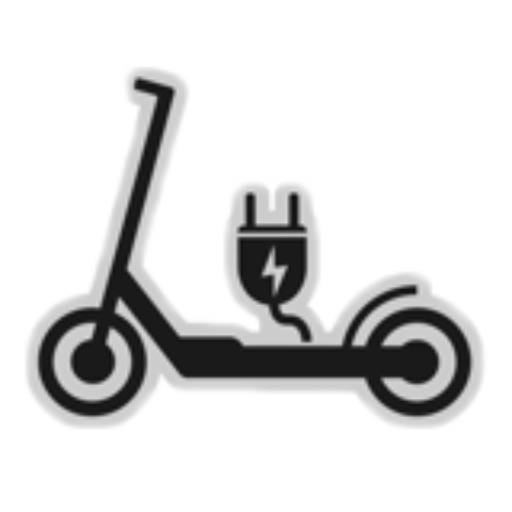

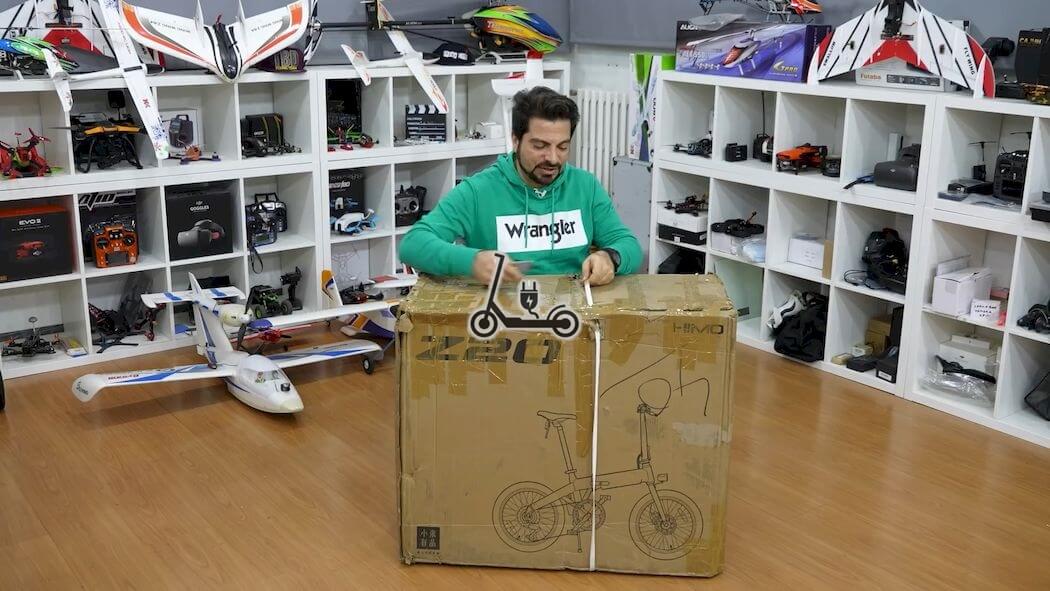

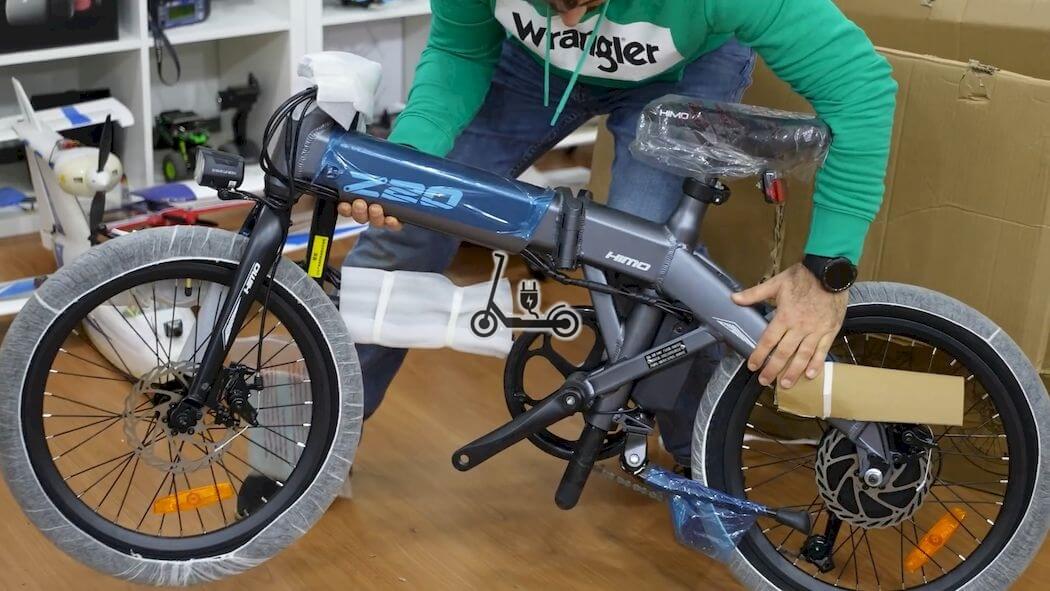

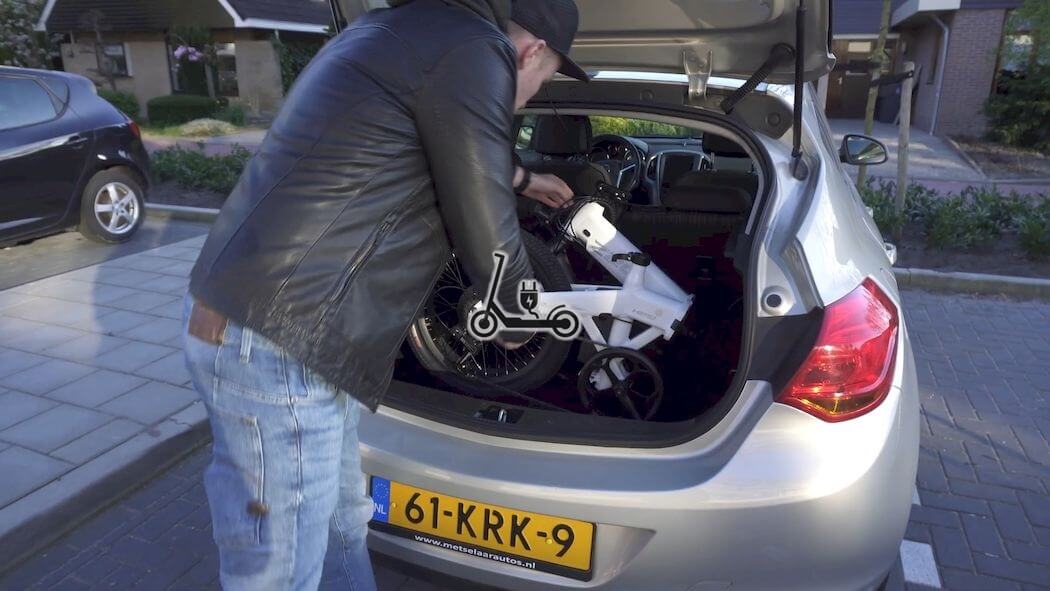
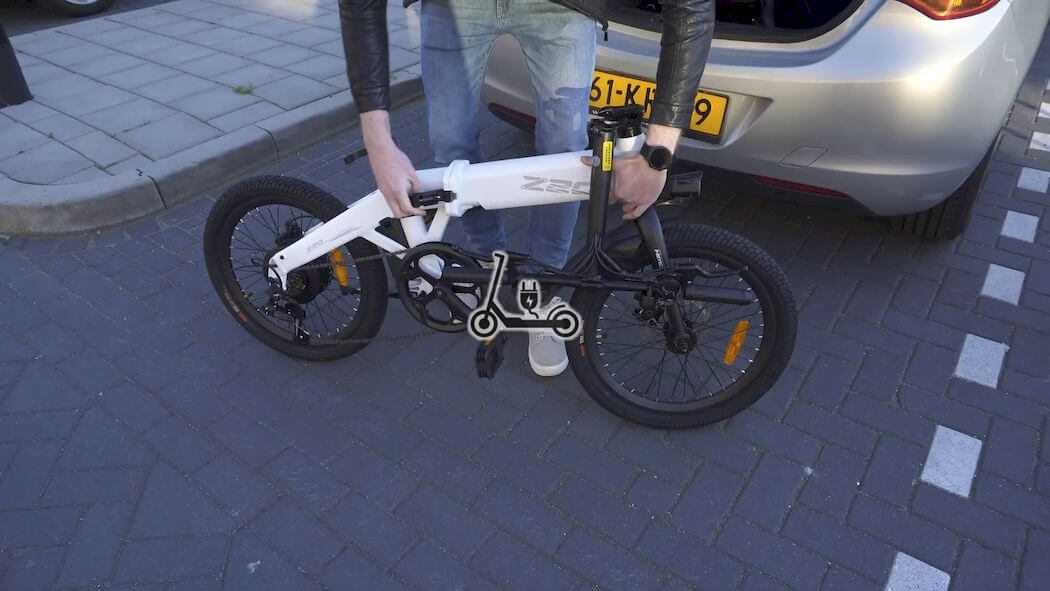

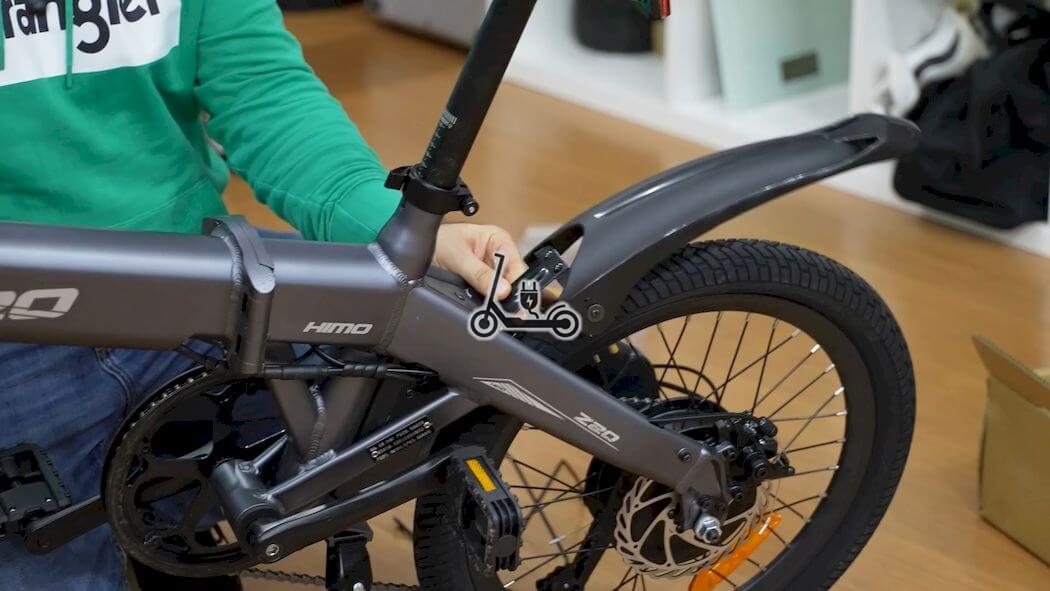

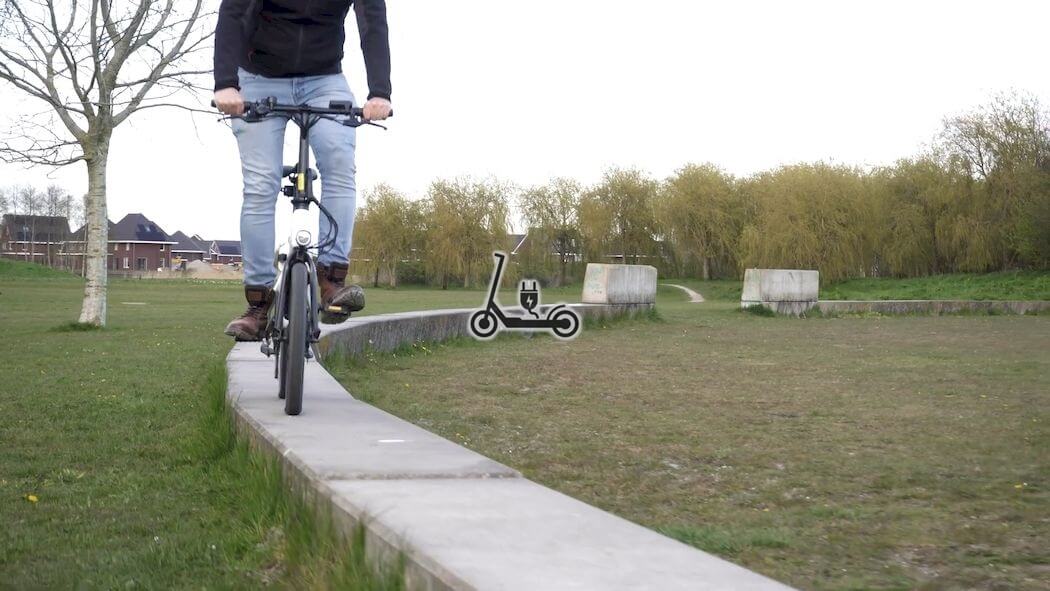
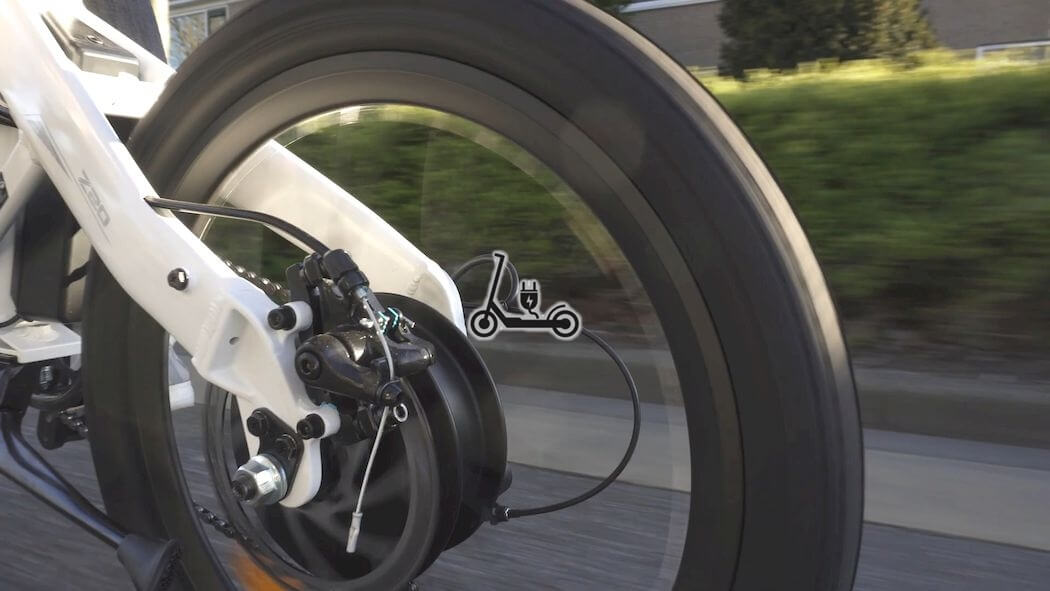
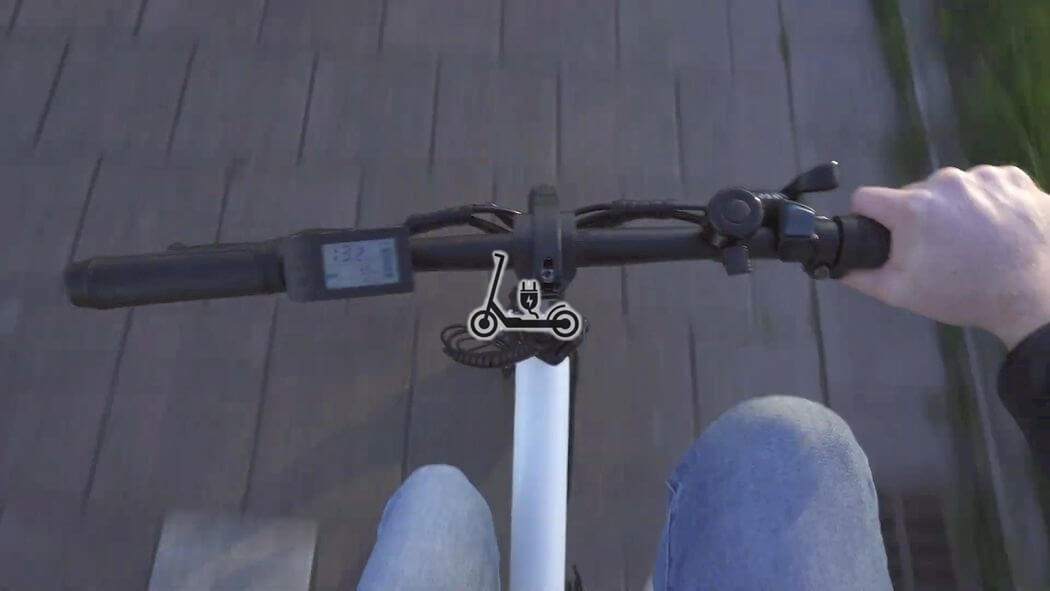

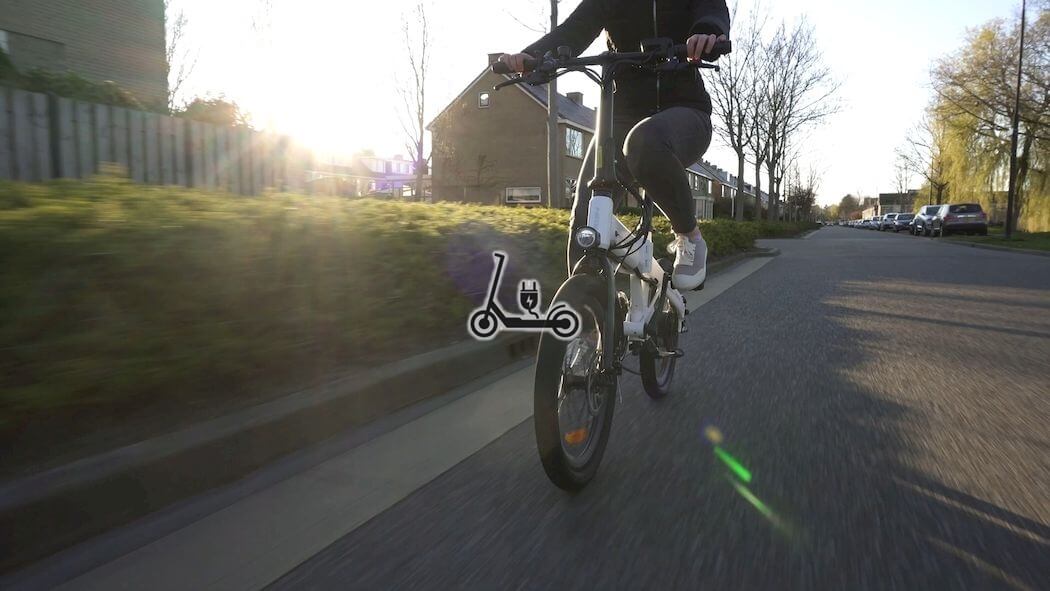

I have a Himo Z20 for the past 3 years.I have done nearly 3000 km on it without a hitch.It is the best buy I have ever bought.It is a new lease of life for me.I have done road cycling for many years but due to a heart attack had to give it up.Im saying that because I think I know what a good bike is and this bike is a beauty for what I do.
Thank you.